Garrattfan's Modelrailroading Pages

AD60
7.1 Pre-assembly before painting
Assembling any model before painting is a good practise for several reasons.
- You practise the order of assembly without the vulnerable paint coat around. So if something goes wrong it usually isn't a disaster.
- Having the order of assembly practised at least once has proved to be essential. Find out where the difficult stages are, find out in which way you can do it with the least risk for the paint
- Pre-assembly also shows if there are pieces that still do not fit happily together. Without paint you can still easily work on them.
- and finally let the work go through your hands for one last time and see if you actually have thought of all parts and pieces that needed to go on, and if you did all the jobs.
- Finally a pre-assembled model give an excellent photo subject titled "Locomotives before painting". I did pre-assembly with my NGG16, SHM26, BR99 and NS6200 all resulting in neat photos.
To be frank I developed the habit of pre-assembling with my NGG16 just achieve this last goal: getting photos of the unpainted brass model. But in hindsight all the other advantages were evident. So by all means assemble a model to iron out all possible mishaps before you start the time-consuming painting process .
In case of the AD60 the pre-assembly process is exceptionally simple. Put the five constituent parts, that is front chassis, front tank, rear chassis, rear bunker and boiler unit, together and the loco is ready. Why is it much more simple than for instance the NGG16? Well the NGG16 had much more parts that needed to be brass coloured and therefore needed to be separately applied after painting. This is not the case with AD60. Even if I were not to weather it, which I will, the locomotive is as good as entirely black.
Below the photos of the pre-assembled locomotive
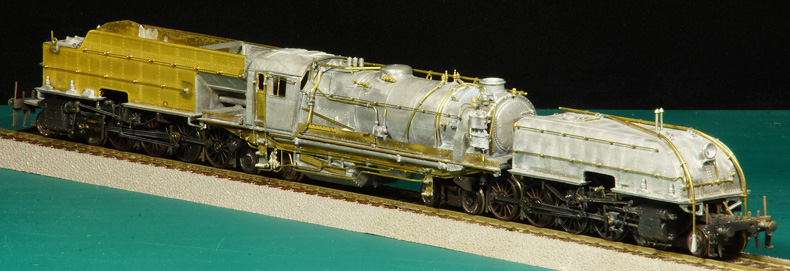

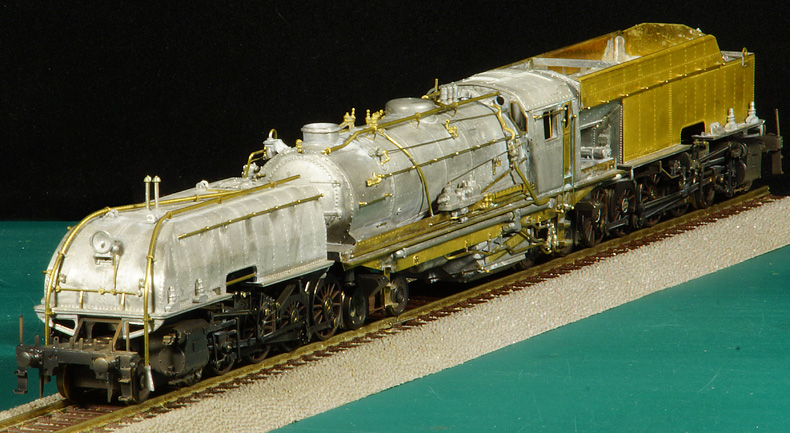


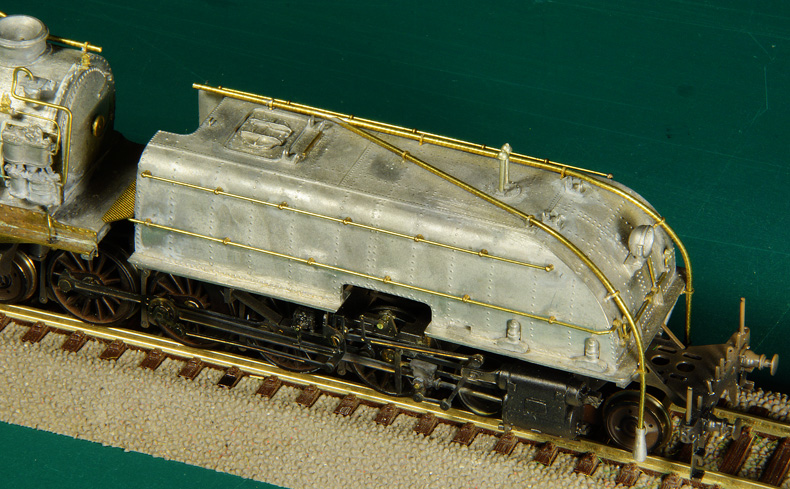
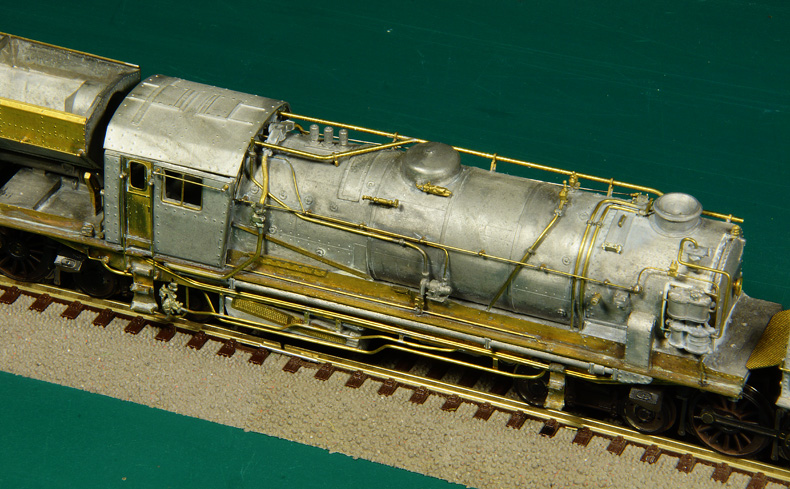
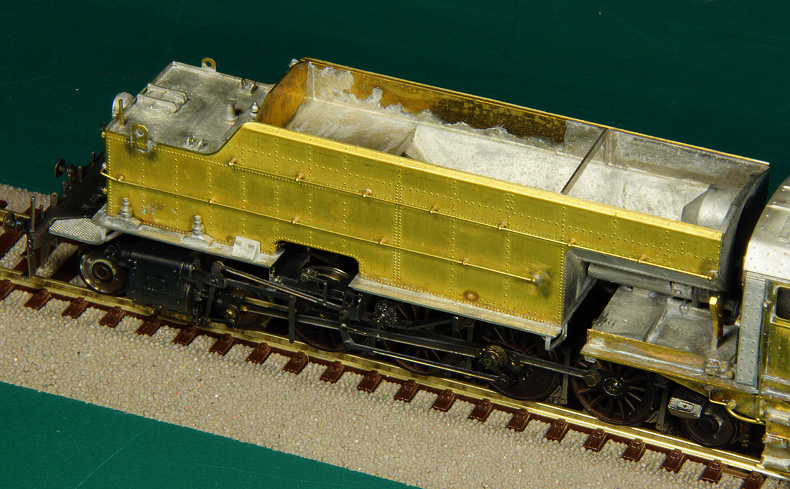
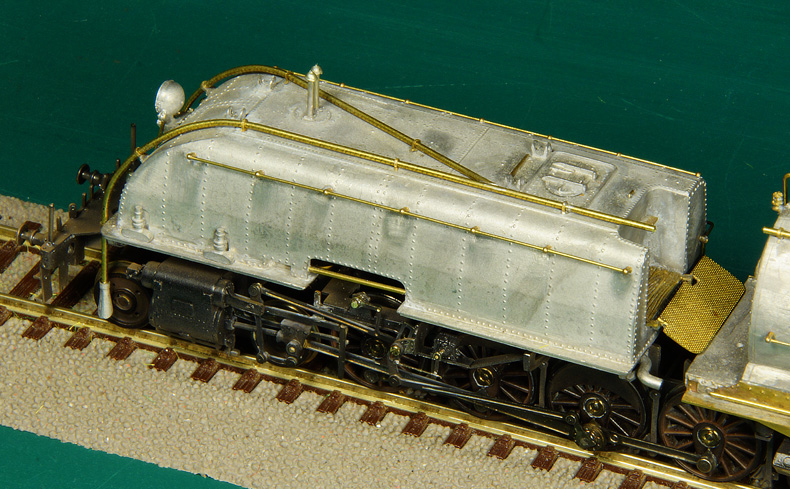
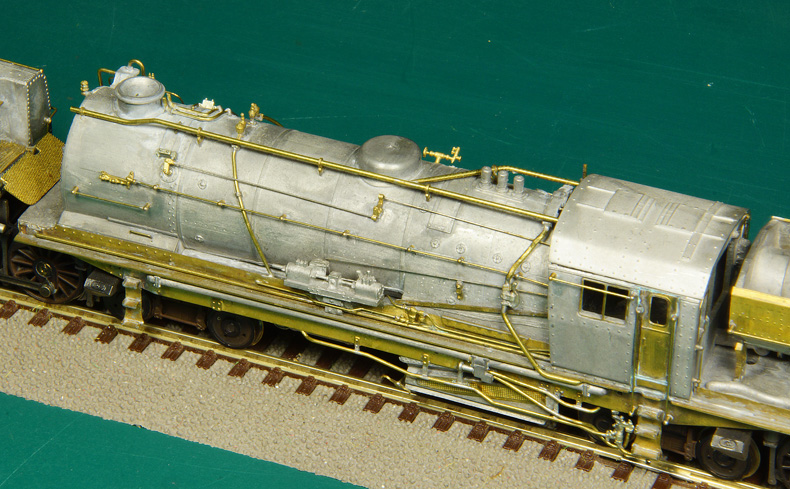
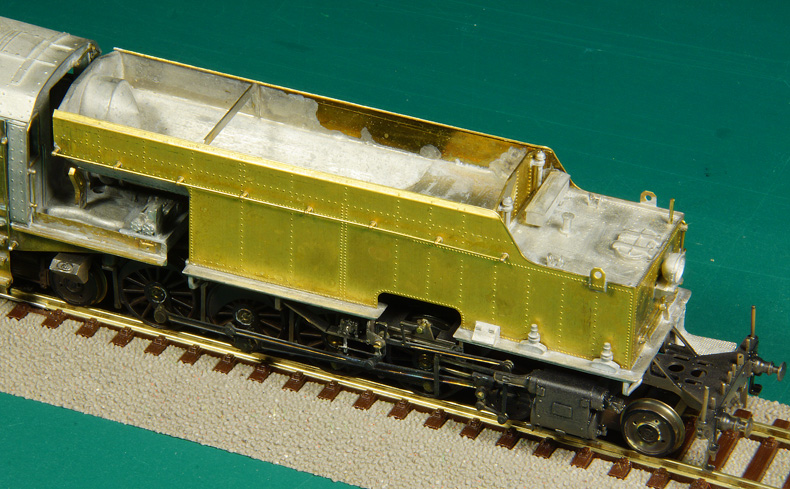

Sign my
GuestBook